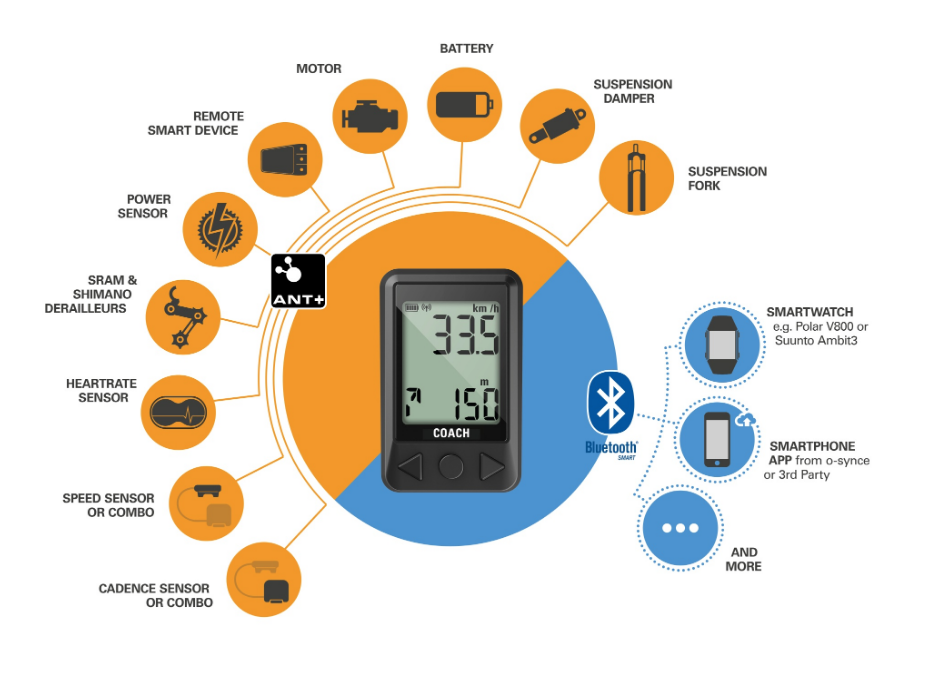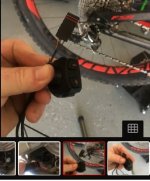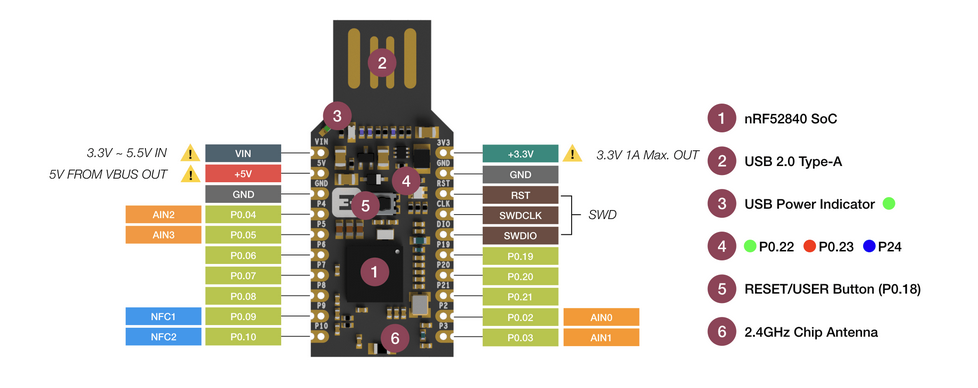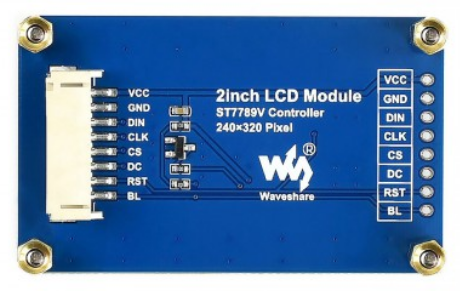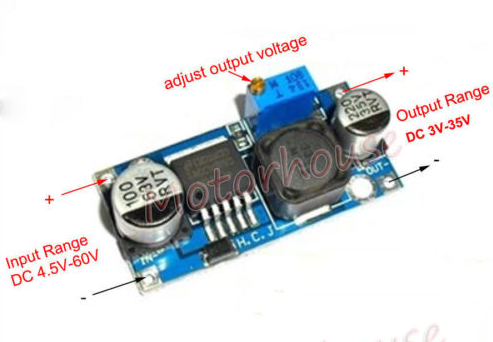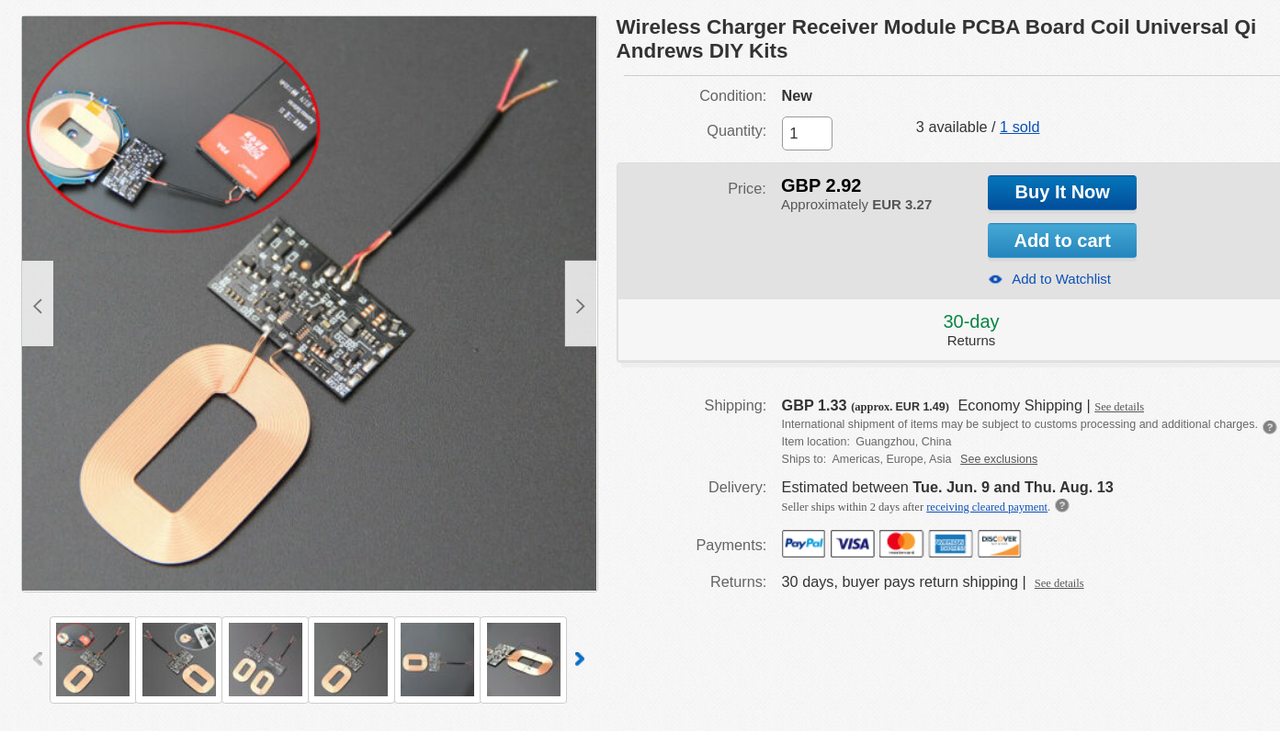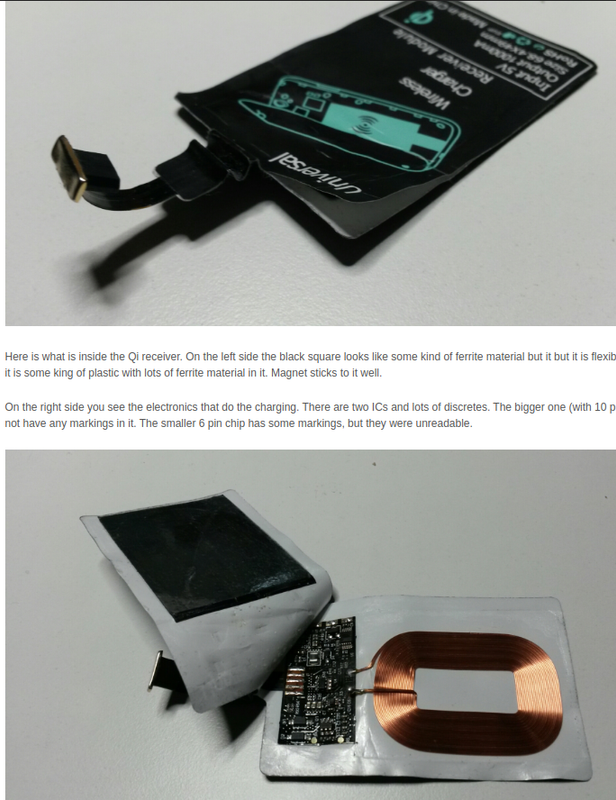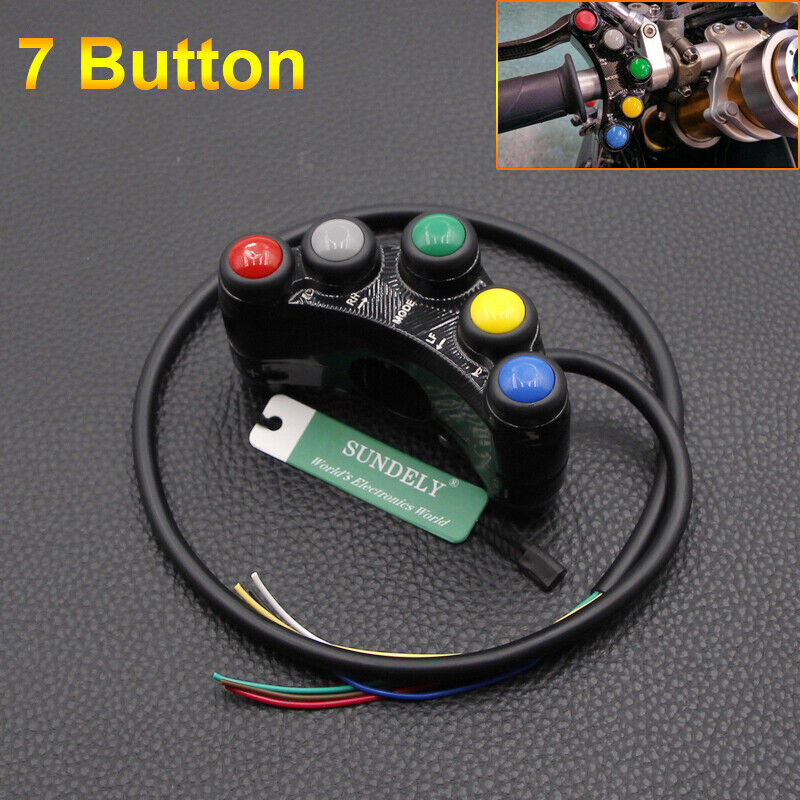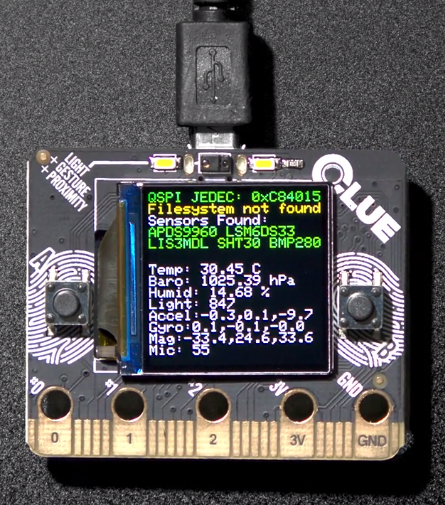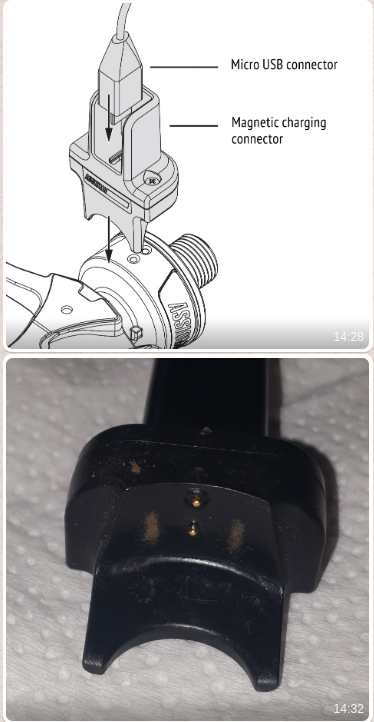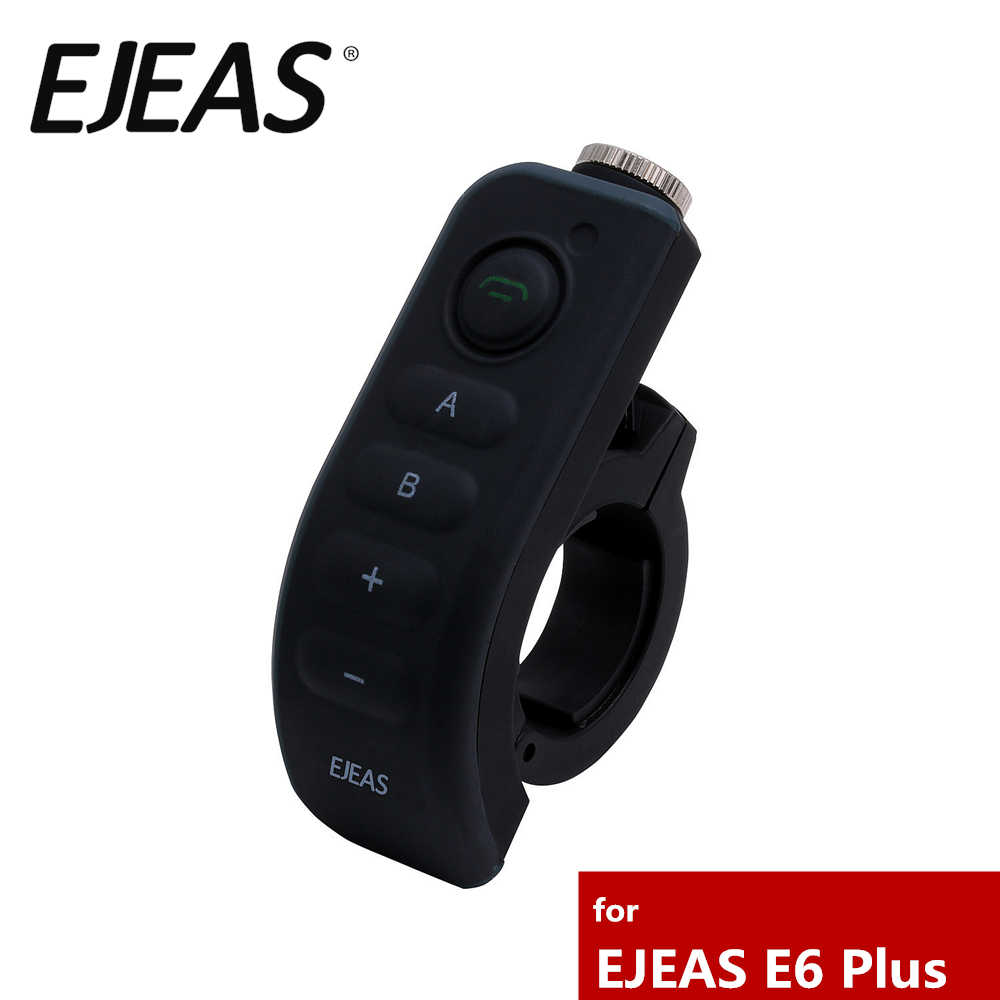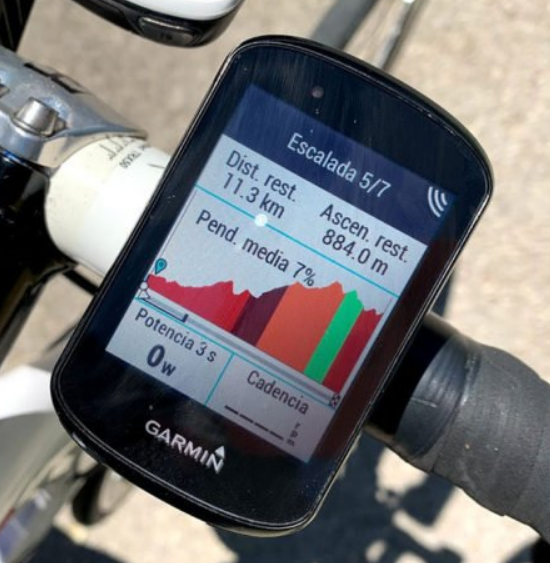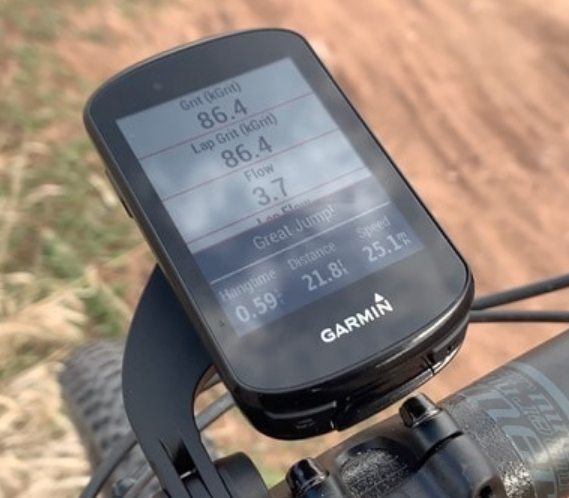casainho
10 GW
- Joined
- Feb 14, 2011
- Messages
- 6,058
---
The inspiration for this project is the famous Specialized Turbo Levo Ebike.
There is a standard for a wireless ebike: ANT+ Light Electric Vehicle (LEV). As a comparison, you can connect any USB mouse to your computer and it will just work. If you have an ebike that implements the wireless ANT+ LEV, you can connect the many available wireless GPS cycling computers displays and they will just work. That is what happens with the Specialized Turbo Levo Ebike. And there are many wireless sensors for cycling, from pedal power meters, heart rate bands up to tire pressure sensors -- see this good example on Turbo Levo:
[youtube]F43oqj1Zlww[/youtube]
Advantages of wireless Ebike ANT+ LEV
1. Cheap and less attractive to thieves: no display needed, or alternatively you can use your smart watch or easily removables GPS cycling computer and remote buttons.
2. More robust ebike, less risk to have a no working ebike after a fall: wireless means less risk to break the display cables (really important for when you are far from home).
3. Freedom to choose different displays and sensors: many available on the market, starting at 62€ and up to 600€. Also is easily to DIY with Arduino and a 3D printer.
4. Advanced features - map navigation, cycling power (and other advanced fitness metrics), heart rate, tire pressure sensors, etc: these advanced features are provided by the GPS cycling computer, like Garmin Edge models.
What is needed to have TSDZ2 mid drive ebike to be fully wireless like Tubo Levo
(Note that this are planning ideas as no one did develop yet such system as OpenSource)
1. Connect a small electronic board on the TSDZ2 display connector. This board will implement the wireless ANT+ LEV + Bluetooth and there will be no more a display connected by wires to TSDZ2.
This board may cost only 20€ (and this price for DIY, it will be very simple to source and DIY).
Example: this boards (but without the red board) from @mspider65 on the TSDZ2-ESP32 project:
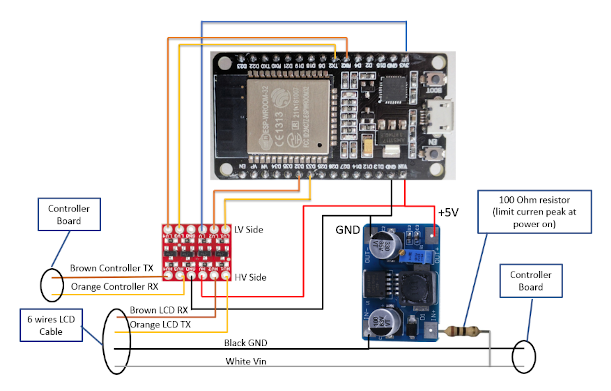
2. You can not use any display or use a display GPS cycling computer:
2.1 No display - you will have to use, at least once, your mobile phone for initial configurations. You will be able to use it also as a display to see and control TSDZ2 motor.
2.2 Attach to the handle bars a wireless GPS cycling computer (note that you can use as alternative a smart watch like the Garmin) - many available on the market, starting at 62€ and increase up to 150, 250, 400 or 600€.
Ebike app running on Edge GPS cycling computer:
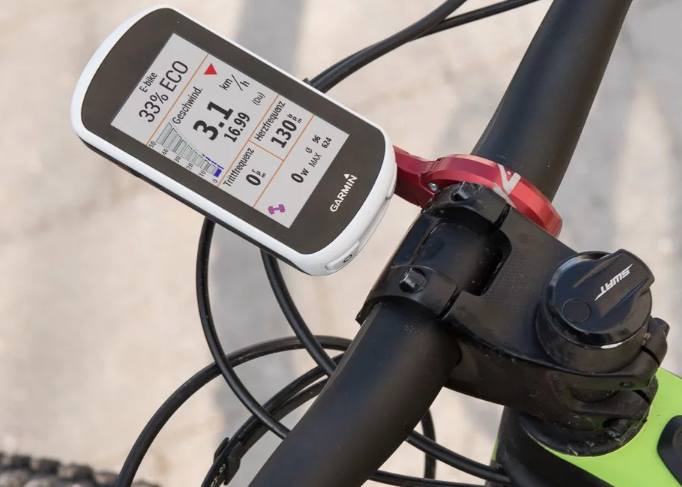
3. Attach to the handle bars a wireless buttons remote control - this are easily removable and cost 55€ (38€ the remote + 16€ the support). Alternatively, will be possible to wire a buttons and a throttle to the wireless board, just like the brake sensors.
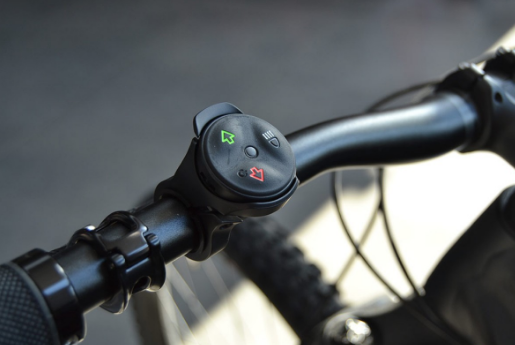
Note that will be possible to do DIY displays, remote buttons, sensors, etc, using cheap Arduino board that supports ANT+ LEV + Bluetooth. The plastic enclosures can be 3d printed.
See more notes about this project:
I see. So on your handle bar you have 860C display and Edge 1000, which both have similar sizes and are big ones!!mallesepp said:Yes i use my edge 1000 also with eMtb with TSDZ2. Yes i wish that comunicate TSDZ2 with Garmin Edge 1000. It would be great for me if i get Data from TSDZ2 and Control it from Edge 1000. I use 860C Display. I have Powermeter on Race Bycicle. Its would be great if i get human power from TSDZ2 on my Garmin cycling computer.casainho said:So do you use your GPS cycling computer also on your eMtb with TSDZ2? If so, had you wish to have TSDZ2 sending data as a field and control it from your GPS cycling computer and avoid the TSDZ2 display?
And which TSDZ2 display are you using?
I see you would have advantage in not have to buy 860C display and reuse the same display for both road and MTB bicycles, with the most important that is to have the same fitness metrics on both bicycles because you would be sharing the same Garmin device that measures them - yes, we can not expect the TSDZ2 torque sensor to be so good at measuring pedal power as a commercial pedals but I think it will anyway output some good approximation.
The way I see this happening for fully wireless TSDZ2 ebike (needs the implementation of a small electronic board and firmware, as also mobile app) :
1. Bluetooth mobile app for configurations
(firmware and mobile app development): use at least once Bluetooth mobile app to configure the TSDZ2 ebike configurations: the same as actual configurations on the display.
2. ANT+ Light electric vehicles (EBike) (firmware development): implements ANT+ Light electric vehicles (LEVs) profile that sends typical ebike data as also permits typical control of the ebike. Note that you need to have an ANT+ remote control on your handle bar and paired with your Garmin Edge to be able to control the ebike, like changing the assist level.
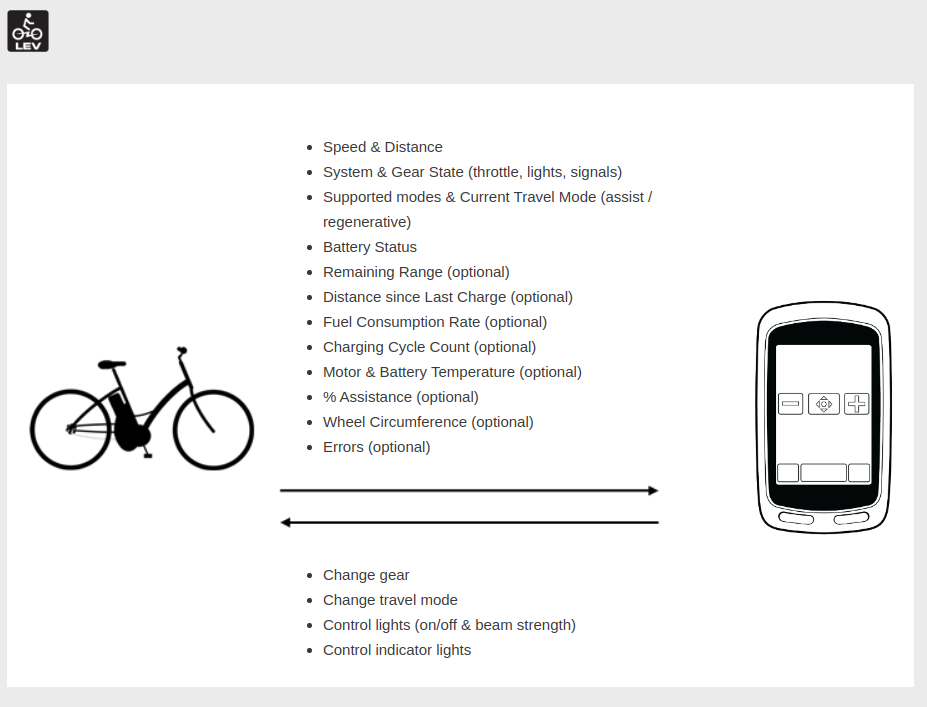
3. ANT+ Bicycle Power sensor (firmware development): implements ANT+ Bicycle Power profile that transmits Power-only data, Torque, Cadence and Speed data.
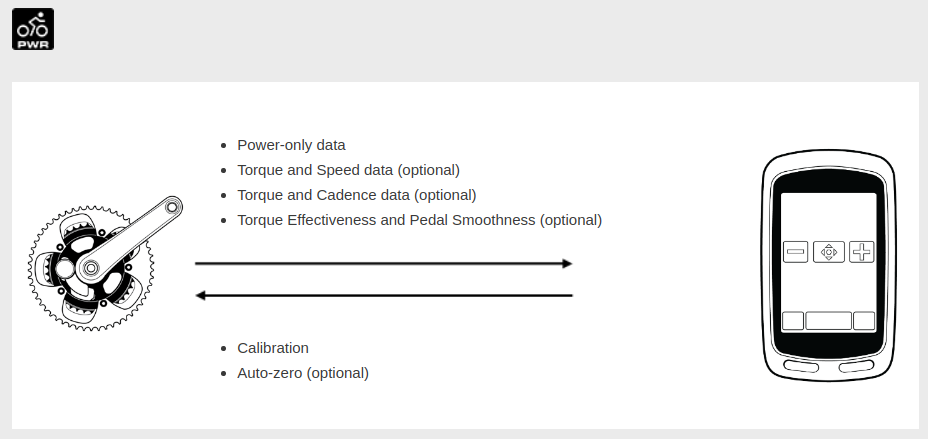
COSTS
Current costs for TSDZ2 with 860C display: 80€.
Option for MTB medium cost
1. Wireless TSDZ2 board -- 20€ and very easy to DIY: Bluetooth and ANT+, small black box and to be connected on the TSDZ2 display connector.
2. Wireless GPS cycling computer Garmin Edge 130 -- 150€.
3. Wireless Remote control -- 55€ (38€ the remote + 16€ the support).
TOTAL cost: +145€ compared to use 860C display. Only use this wireless option instead of regular 860C if user values the robustness of wireless (no cables to break on a fall) and the extra metrics given by the GPS cycling computer.
Note that if user may already have 2. and 3. and then the cost would be half then installing 860C display.
Option for most cheap city ebike, MTB, etc
1. Wireless TSDZ2 board -- 20€ and very easy to DIY: Bluetooth and ANT+, small black box and to be connected on the TSDZ2 display connector.
2. Wireless Remote control -- 55€ (38€ the remote + 16€ the support).
TOTAL cost: -5€ compared to use 860C display. Only use this wireless option instead of regular 860C if user values the robustness of wireless (no cables to break on a fall) and probably a clean installation (good to avoid attraction to thieves, even because the remote can be easily removed so not way to start the motor).
The most small and cheap GPS display would be the Edge 130 model, that seems to be relatively small and have a very good reading at sunlight. It also have good specific mounts for road bikes and MTB:
[youtube]8mPWSEpaIBo[/youtube]
We can take much more value from Edge 130 than 860C display although the price is not much more:
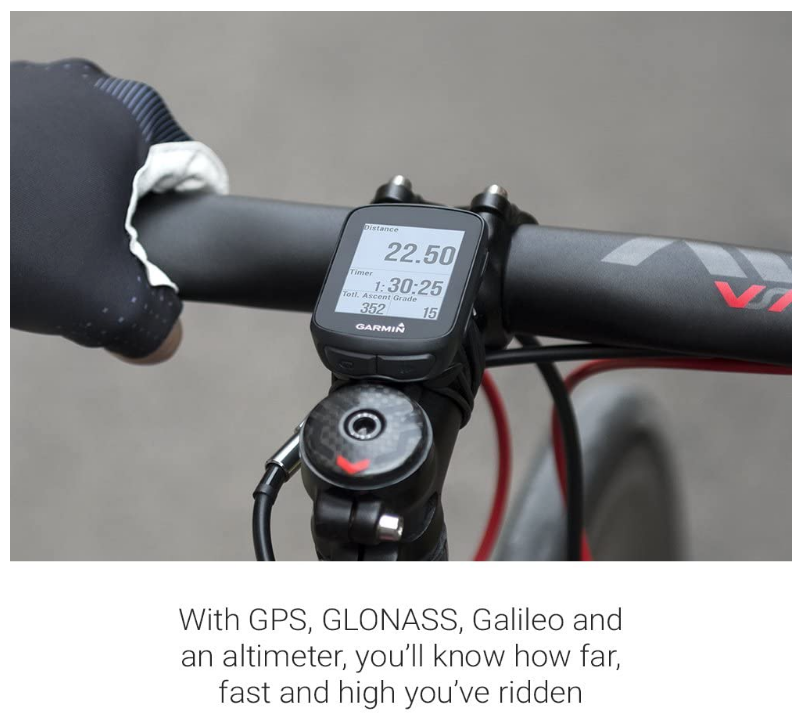
There are on the market more options for ANT+ LEV GPS cycling computers (all of them will work!!) and there is one that costs 62€ - Coachsmart LEV:
